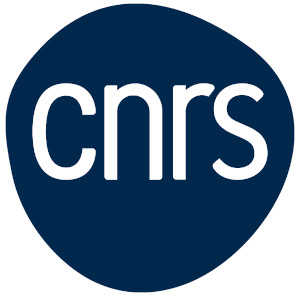Séminaire par Rubén Laplaza, Laboratory for Computational Molecular Design & National Center for Competence in Research-Catalysis – Ecole Polytechnique Fédérale de Lausanne, le mardi 23 janvier à 11h

Dans le cadre de l’animation scientifique, Rubén Laplaza, chercheur post-doctorant au Laboratory for Computational Molecular Design & National Center for Competence in Research-Catalysis de l’Ecole Polytechnique Fédérale de Lausanne, présentera une conférence intitulée “Machine Learning and Generative Models: From Structure to Properties and Back” le mardi 23 janvier à 11h en salle de séminaire de l’ISA.
Résumé de la présentation:
Statistical methods have emerged as a powerful tool in chemistry due to both improved algorithms and increased data availability. Initial applications involved the prediction of molecular properties from structure, building on previous work focused on drug design. While quickly accessing information about materials and molecules remains vital, perhaps a more contemporary challenge is going backwards: finding the molecule that corresponds to the target property. Methodologies to this end would open the door towards “inverse design” and simplify the development of new materials, catalysts and drugs.
In this talk, I will present work related with both these directions, from structure to properties and back [1, 2], and detail how this framework paves the way to the discovery of tailored molecules. Applications will be showcased for the development of improved homogeneous catalysts and organic electronics for photovoltaic cells, domains in which progress is currently limited by resource intensive trial-and-error. Combining high-throughput computation and crystallographic information with machine learning and generative models have enabled us to identify new molecules of interest for singlet-fission [3].
To take a step beyond, limitations and challenges will be discussed in depth. Bottlenecks include the digitalization of chemical information and accounting for the multi-objective nature of optimization. In particular, the complexity of handling different data sources (experiment vs. computation) and balancing inaccuracies in the underlying statistical models when exploring uncharted chemical space, key aspects for real world implementation, will be highlighted.
Références
[1] Gallarati, S.; Fabregat, R.; Laplaza, R.; Bhattacharjee, S.; Wodrich, M. D.; Corminboeuf, C. Chemical Science 2021, 12, 6879–6889.
[2] Laplaza, R.; Gallarati, S.; Corminboeuf, C. Chemistry–Methods 2022, 2, DOI: 10. 1002/cmtd.202100107.
[3] Blaskovits, J. T.; Laplaza, R.; Vela, S.; Corminboeuf, C. Advanced Materials 2023, DOI: 10.1002/adma.202305602.


